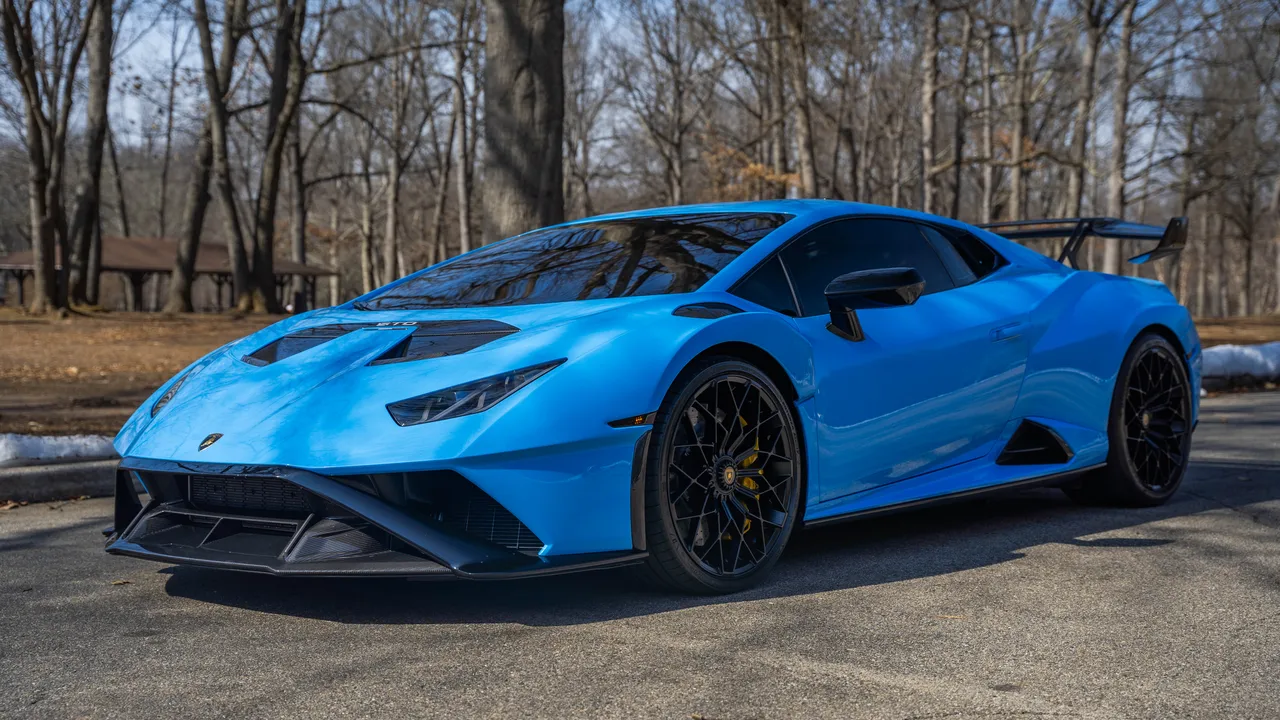A Guide to Every Lamborghini Huracán Model
Published on Jul 16, 2025 at 6:20 PM | By David Connor
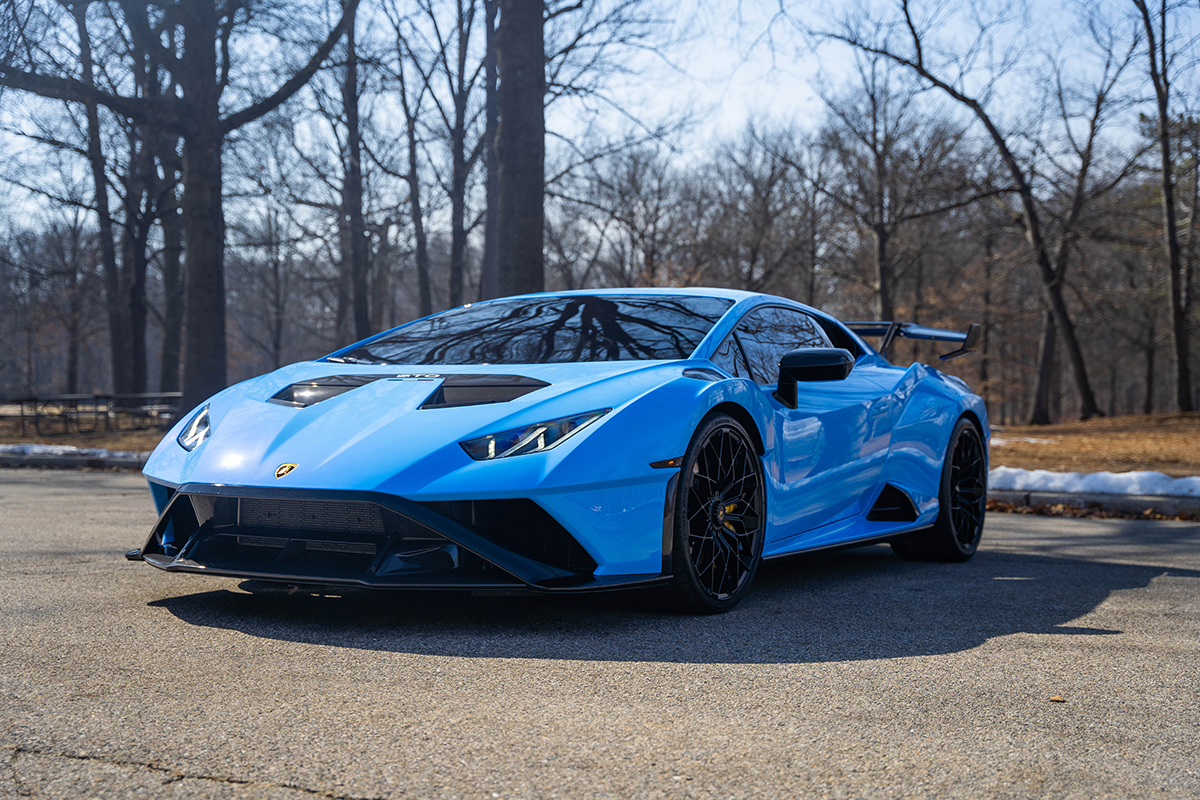
First things first.
No, the Huracán is not named after a particularly strong wind.
That’s Maserati’s trademark protocol.
Think Mistral, Merak, Shamal, Bora, et al.
Lamborghini, for reasons that really should be fairly obvious, has long been in the habit of naming its supercars after legendary fighting bulls, and the Huracán takes its name from a famously brave and belligerent bovine who troubled many a Valencian matador in 1879.
Huracán the fighting bull did get his name from the Spanish for hurricane.
The car’s predecessor as the ‘entry level’ Lamborghini supercar (‘entry level’ being a very relative term when you’re talking about a Lamborghini) was, of course, the Gallardo.
That car had proved a huge success and probably did more than any other to ensure the long-term health and growth of the marque through all sorts of challenging times.
Thanks largely to its magnificent V10 engine and some fulsome praise from the motoring press and buyers alike, the Gallardo ran to thirteen special editions and saw over 14,000 models leave the factory.
That same V10 powerplant also provided the basis for the Huracán’s motive force, albeit with some significant tweaks and performance gains.
It was met with almost universal approval from journalists and punters alike, except for the optional Dynamic Steering package, which proved rather less popular.
Evo’s review of the car said, ‘It is an extraordinary car in terms of acceleration, grip and traction, and a very, very different experience to a mid-engined Ferrari or McLaren. The drivetrain itself is phenomenal, the 5.2-litre V10 offering scintillating response, deeply insistent torque and then a rampant, mildly terrifying top-end delivery, and the seven-speed twin-clutch gearbox is as good as they come.’
So, very much true to the spirit of the marque – vast amounts of raw, visceral power and all the right sort of grip and handling feedback to make the most of it, provided you didn’t push your luck too far.
For the first time in a V10 engine, an optimal combination of direct and multi-point fuel injection was used.
The result was a unit offering up 602 horses and 413 lb-ft of torque. That meant that the car was good for 0-60mph in about 3 seconds on its way to a top speed of 202mph.
Almost more important than the numbers was the noise it made. Flexing your right ankle in a Huracán unleashed a cacophony of unearthly shrieks, wails and roars rising to a sonic crescendo that sounded like two exceptionally angry velociraptors fighting in a tin shack.
Which is, of course, exactly what you want your supercar to sound like.
The Huracán came with a raft of features, highlights of which included 4WD, the Lamborghini Doppia Frizione (LDF) 7-speed dual-clutch transmission with Strada, Sport and Corsa modes, 20″ wheels and carbon-ceramic brakes.
Naturally, as sure as night follows day, other iterations were waiting in the wings.
A RWD Huracán entered the spotlight, then the rather more track-focussed Performante.
Meanwhile, and a little to the annoyance of people who were on the waiting list for a Performante, Lamborghini introduced the sensational Huracán EVO – a car that was truly worth waiting for.
The Huracán EVO
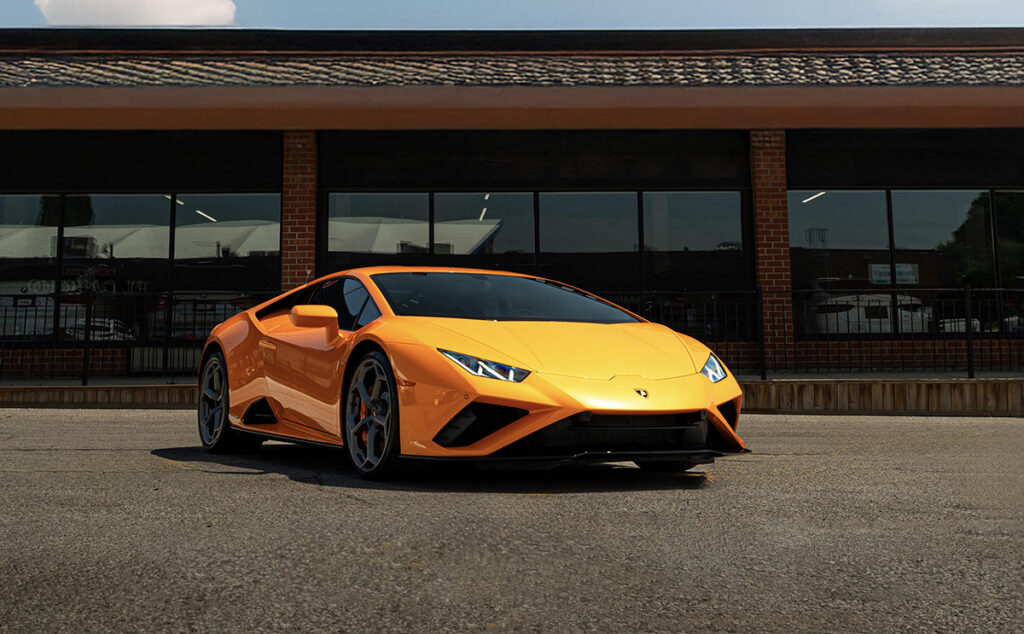
As ever with Lamborghini’s road-going offerings, the car was no pared-down, feather-light, bantam-weight racer.
It was big, brawny and hugely powerful, summoning-up a thunderous 631bhp in pursuit of despatching the 0-60mph dash in under 3 seconds.
However, the quality that truly distinguished the car from its competitors was how easily it could be driven really fast, even by people who weren’t particularly accomplished drivers.
Indeed, the firm’s then boss, Stefano Domenicali, can claim some credit here, saying that the car had to be designed so that its abilities were accessible even to him, a man self-described as a “super, super average driver.”
The breakthrough in driveability and usability came through the introduction of Lamborghini Dinamica Velcolo Integrata (LDVI), a system that integrated all of the previous car’s individual processors into a single computer hub that also incorporated rear-wheel steering and brake-based torque vectoring.
This cunningly smart new system effectively made the car more-or-less idiot-proof (not completely, obviously) but the additional computer wizardry and high-tech sorcery somehow contrived to make the car feel more, not less, organic and analogue.
That’s quite a trick.
You could specify your Lamborghini Huracán EVO in either RWD or 4WD configurations, with the latter costing around $40,000 more than the former.
But, like other supercar manufacturers, Lamborghini knew that some buyers had their sights set rather more on the Nürburgring than the boulevards of the Côte d’Azur or Bel-Air.
Which is why they introduced…
The Huracán STO
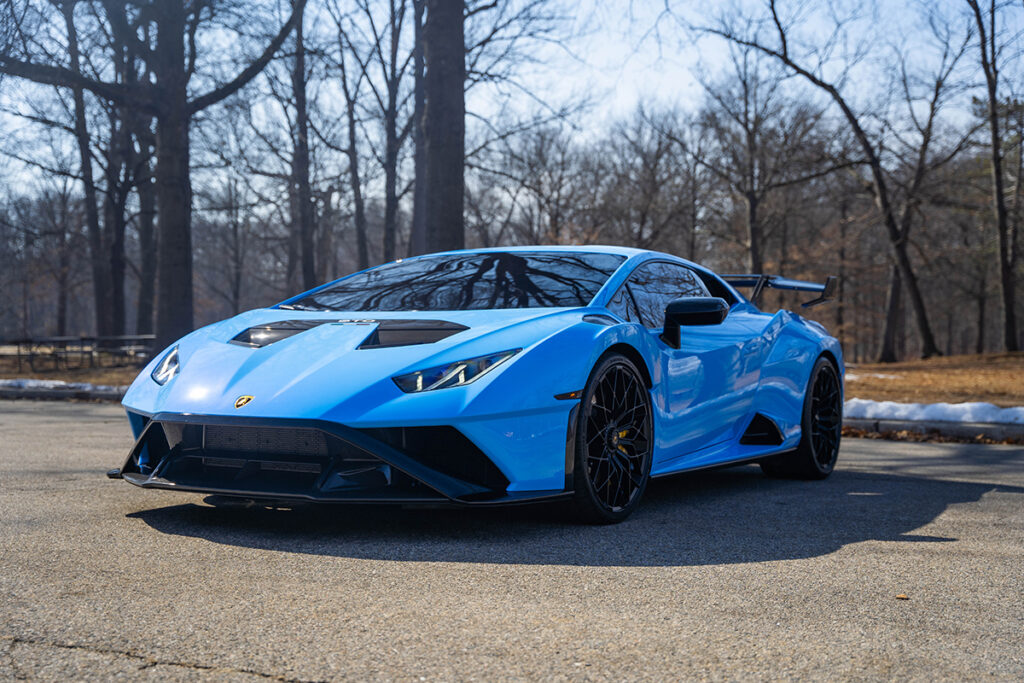
In creating the Huracán STO (Super Trofeo Omologato) the ingegneri of Sant’Agata drew upon years of experience and expertise born of the marque’s Squadra Corse motorsport heritage.
Their intention from the outset was, in Lamborghini’s own words, to build a super-sports car that, ‘delivers all the feel and technology of a genuine race car in a road-legal model.’
The car features the most powerful version of the V10 engine to date, coupled to the super-smart Lamborghini Dinamica Velcolo Integrata system, a body that is more than 75% carbon-fiber, and new aero components such as the ‘Cofango’, which incorporates the leading edge of the hood and fenders to maximizes frontal aerodynamic performance and reduce weight.
Is it any good?
Writing in the UK’s Auto Express magazine in 2021, respected automotive journalist Steve Sutcliffe opined, ‘More focused than a regular Huracan (much more focused) and louder than a modern Formula One car, the STO is a fantastic driver’s car, arguably one of the best there’s ever been. There will almost certainly be nothing else like it. Ever.’
We think he liked it.
Again, the true revelation with the STO is how easy and forgiving it is to drive. On the right road, i.e., a flat, smooth, twisty one (ideally through a canyon so you can better appreciate the demented howling, screaming and barking emanating from just behind your head) it has the grip, balance and, above all, predictability to inspire confidence.
Most reviewers agreed that there was really no other street legal car that could keep up with an STO in the hands of a decent driver.
For those who like to see the numbers, here are a few impressive ones, courtesy of Car And Driver, for you peruse at your leisure.
60 mph: 2.6 sec
100 mph: 5.6 sec
130 mph: 9.4 sec
1/4-Mile: 10.5 sec @ 136 mph
150 mph: 13.5 sec
170 mph: 19.9 sec
So, in the early 2020s, fans of the Huracán could choose between the road-focussed and relatively comfortable RWD EVO or the hardcore, no compromise, out-and-out race beast that was the STO.
Clearly, then, there was room for something to sit somewhere in the middle – the best of both worlds, if you like.
The Huracán Tecnica
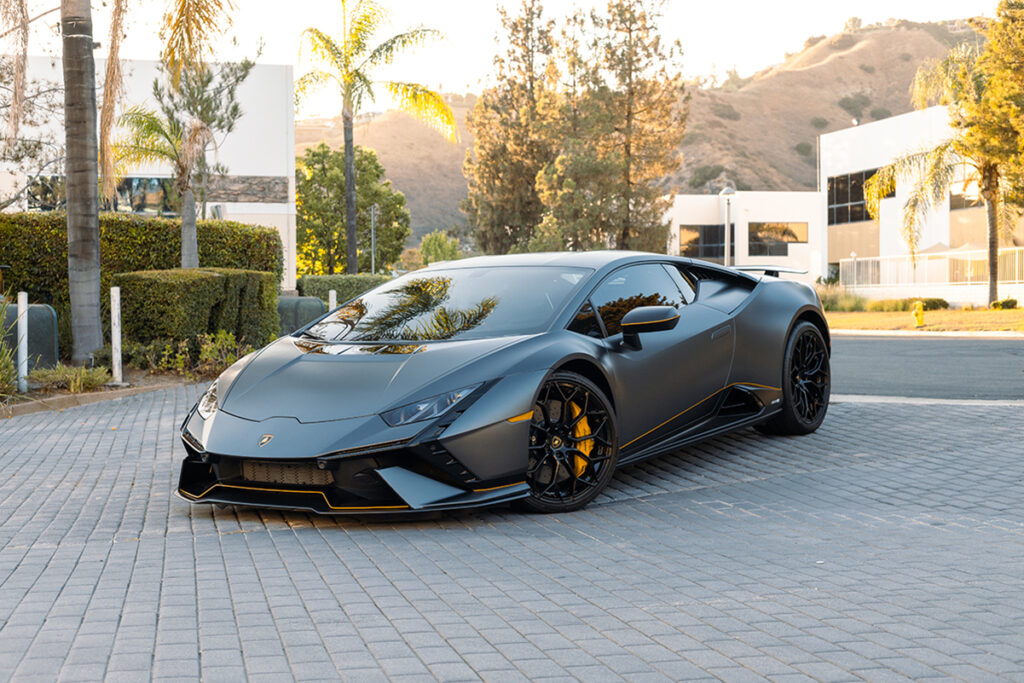
The Lamborghini Huracán Tecnica uses the same same 5.2-liter V10 found in the STO and produces a mighty 640bhp.
It uses that power to hit 60mph in a shade under three seconds on its way to a top speed of 201mph.
It benefits from advanced aero-sculpting techniques and, although very obviously a Lamborghini thoroughbred supercar, it doesn’t try to emulate the mean, Bond villain aesthetic achieved by the STO, which features a rear spoiler that wouldn’t look out of place on a stealth bomber.
The Technica is a driver’s car, but one built for drivers who want to spend more time in the car and less time visiting a chiropractor.
Lamborghini describes the Tecnica thus – ‘The latest member of the Huracán range provides the purest Lamborghini driving experience combined with the freedom of everyday use: a bridge between past and future, lifestyle and performance, road and track.’
Most journalists and punters concurred with that opinion and also agreed that Lamborghini had gone the right way with the Technica by making a more road-focussed version of the STO rather than a more track-focussed version of the EVO.
So, with the road-to-track spectrum fully covered by iterations of the Huracán, what else could Lamborghini possibly do to expand the range?
The Huracán Sterrato
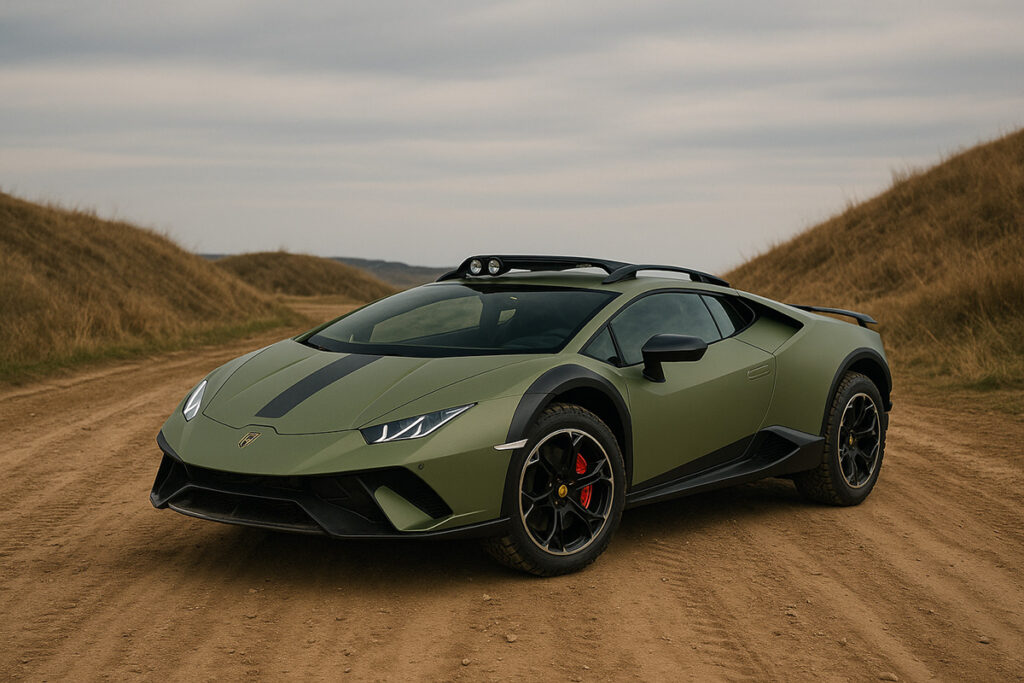
The Huracán Sterrato is a frankly rather bonkers answer to a question most people didn’t know was being asked: namely, why isn’t there a supercar we can use for off-roading?
But maybe it makes more sense than you might at first think.
Lamborghini does have some form with super-powerful 4WD cars. Think of the LM002 (which had a Countach engine) back in the day, or the Urus in more recent times.
But, of course, several iterations of the Huracán and other Lamborghini supercars are also 4WD.
This is a firm that knows about 4WD and it gave some of the more imaginative thinkers and visionaries in the Sant’Agata skunkworks department a free rein to develop something that brought together various aspects of their proven 4WD, performance and aero technologies.
Much the same notion clearly occurred to the Meister Technikers of Zuffenhausen when they sat in a dark room and came up with the idea for the Porsche 911 Dakar.
Both the Sterrato (which means dirt road) and the Dakar were introduced in 2023 – which is surely no coincidence with two prestige performance car manufacturers competing for slices of the same pie.
The Sterrato may have the same engine as the other Huracáns and is, consequently, ferociously quick, but it also has the capability to cope with gravel, mud, (small) rocks and the like, which means it has fabulously compliant, responsive suspension and therefore offers by far the best ride quality of any Huracán to date.
Conceptually and aesthetically, we think there’s more than a nod to Lancia’s seminal Stratos in the Sterrato.
Certainly, the car was designed to be both enormously capable and a great deal of fun.
We’ve yet to read a review of the Sterrato that doesn’t endorse its ability to deliver on the fun front, and most reviewers were genuinely impressed with its performance and dirt-roading skills.
Whatever next? A Lamborghini tractor?
But of course, that’s how it all started, with Ferruccio’s Lamborghini Trattori back in 1948.
It’s fair to say that the exceptional Huracán, which was replaced by the twin-turbo V8 hybrid Temerario in August 2024, is a raging bull with many different horns – all of them offering something very different and consistently special.

